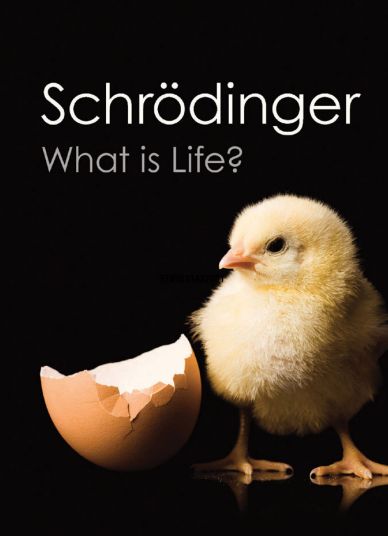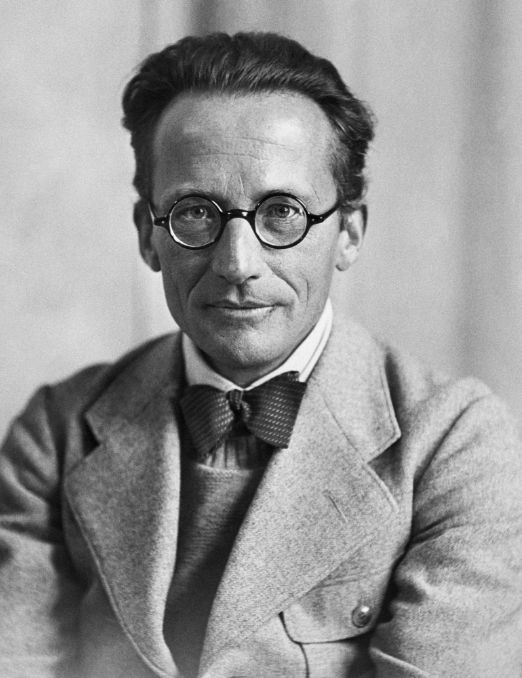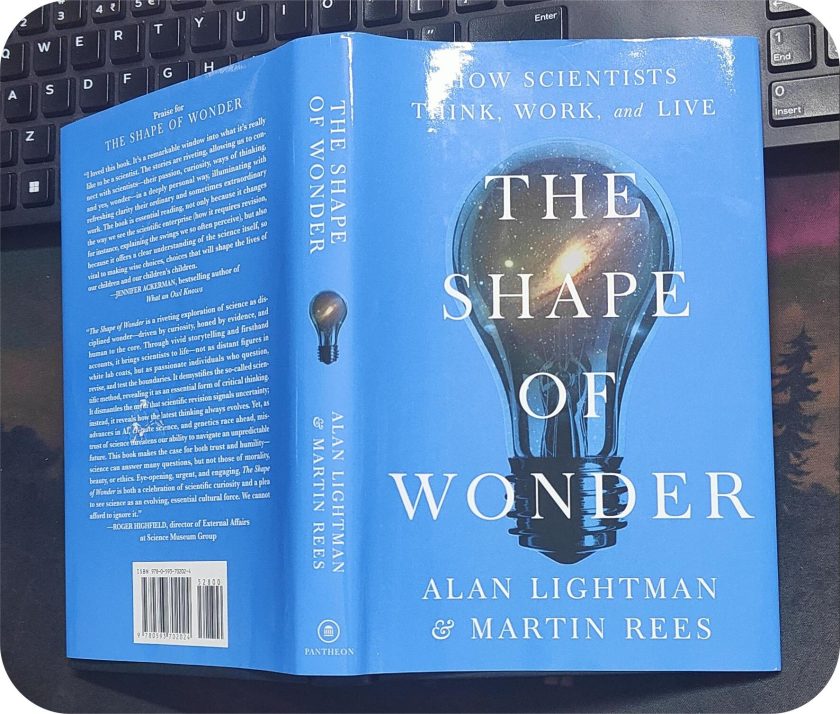
Erwin Schrödinger (1887-1961) was one of the renowned physicists and pioneer of quantum mechanics. He also had a deep interest in philosophy and metaphysics.
What Is Life? with Mind and Matter by Erwin Schrödinger is a series of lectures. The lectures were delivered by him in 1943 and 1956 at Trinity College, Dublin.
First part of the book explores the topic – What is life? The book on the same was first published in 1944. While the latter part is all about, Mind and Matter, the book on the same was first published in 1958. And the combined book was first published in 1967.
In these lectures, Schrödinger explores the nature of life from a scientific perspective. He tries to investigate the fundamental physical and chemical principles that underlay the biological systems. And the primary force – consciousness – that is backing up all the existential phenomena.
This is one of the most interesting books that I have read so far. I have divided this review into two parts, and hence, two blog posts. This happens to be the first part, where we will be talking about Schrödinger’s idea of What is life?
While, in the second part, we have covered the latter portion of the book, that is, Mind and Matter. So, let’s start with the first segment of the book.
Why are atoms so small?
As the name suggests, first part of the book explores the obvious question, “What is Life?“. Schrödinger begins by focusing on the principles of physics and chemistry and puts forward the idea that distinguishes living organisms from non-living matter.
He begins by asking his audience a simple question: Why are atoms so small?
He elaborates by saying that individual atoms behave in disorderly manner. However, the behavior changes when the same atoms are clubbed together to form a molecule. Accordingly, the behavior as a whole, alters when together they form a complex structure.
Human body, for instance, is an aggregation of countless atoms and molecules that interact and exert forces on each other. If every atom and molecule were constantly responding individually to all the forces operating on them, the system would become chaotic and unstable, making the functioning of the body impossible.
Therefore, the body’s large size in comparison to its atoms is crucial for the coherent functioning of biological systems.
Role of genetics in sentient beings
Schrödinger then explores the role of genetic information in living systems.
An individual gene, which is a specific segment of DNA, contains a relatively small number of atoms. However, the information encoded within the DNA molecule is not solely determined by the individual atoms themselves but rather by the arrangement and sequence of the nucleotide bases along the DNA strand.
A single molecule of DNA consists of atoms. So, according to his equation, these atoms should be in a disordered fashion.
However, this is not the case with DNA molecule. It can remain in a highly ordered state over long periods of time.
Life, he concludes, represents a remarkable level of organization and complexity. It is driven by the dynamic principles of self-replication, metabolism, and adaptation, allowing organisms to maintain order and function.
The aperiodic crystals
Schrödinger then discusses the idea that genes could be understood in terms of irregular pattern or the aperiodic crystals, which could encode biological information.
These crystals are like the cogs – tiny projected wheels that are also present in watches/clocks, aim of which is to transfer motion by engaging with another similar piece/cog – in the organic machine. These cogs, according to him, are more than any ordinary human invention.
“the fact that the single cog is not of coarse human make, but is the finest masterpiece ever achieved along the lines of the Lord’s quantum mechanics.” (p.85).
Life is an epitome of order
Now the next obvious question comes, how come life is orderly on both – small as well as large scale?
Schrödinger, then, speculates that quantum coherence and quantum tunneling could potentially play a role in maintaining stability and fidelity in the storage and replication of genetic information.
Quantum coherence refers to the phenomenon where sub-atomic particles exist in a superposition of multiple states simultaneously. While Quantum tunneling involves the probabilistic ability of particles to pass through energy barriers that would be classically forbidden.
Generally, inanimate system decays into a state of thermodynamic equilibrium – basically, into what we can call disorder.
However, living organisms appear to counteract this tendency by maintaining a high level of order and complexity.
The sentient beings achieve this by extracting energy from their environment and utilizing it to maintain their highly ordered structures and processes. For instance, photosynthesis in plants or metabolism in animals and humans. With these inbuilt capabilities, the organisms offset the increase in entropy and sustain their biological systems.

Takeaway
“What is Life?” by Schrödinger presents an interesting and multidisciplinary perspective on the fundamental nature of life. Combining physics and biology together to understand biological systems on a molecular/atomic level to a full-fledged living organism is surely food for thought.
His ideas and concepts have had a lasting impact on our understanding of genetics, molecular biology, and the connection between physics and biology.
(If you’ve come this far, I’m sure you will enjoy reading the second series of his lectures too. Please find it here – Mind and Matter by Erwin Schrödinger.)



